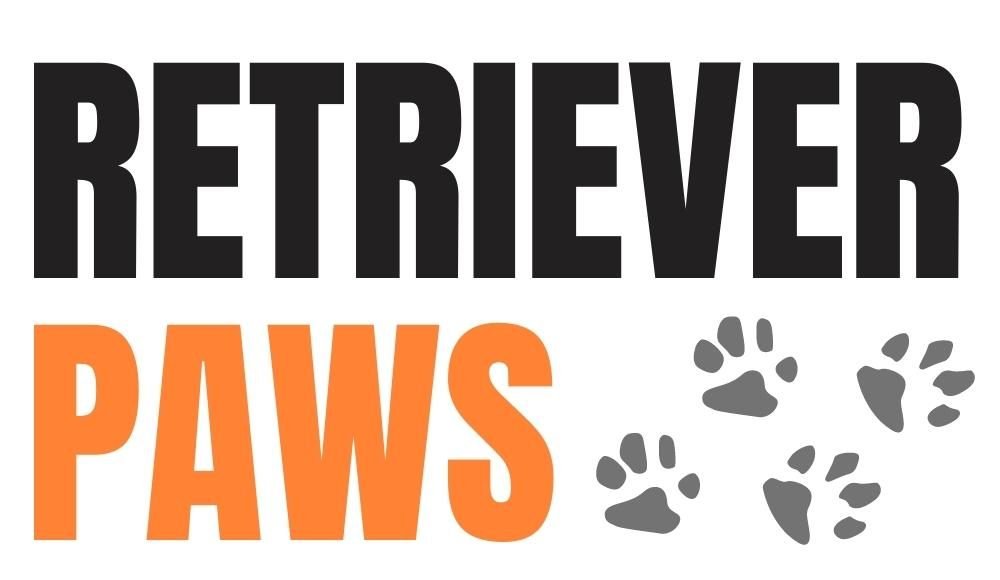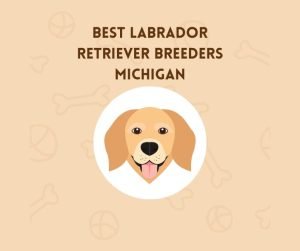A dog’s lifespan is based on so many factors, including health care, genetics, daily nutrition, activeness, and more.

If you are planning to own a Flat-Coated Retriever, you may want to know the breed’s average lifespan and what you can do to increase its lifespan.
So, how long do Flat-Coated Retrievers live?
On average, Flat-Coated Retrievers live about 10 to 12 years. The average lifespan can increase to 13-14 years if the Flat-Coated Retriever is healthy and well-cared-for.
Before I compare a Flat-Coated Retriever’s lifespan with its other retriever cousins, let me first give you an overview of this breed.
Quick links to different sections
ToggleFlat-Coated Retrievers
Flat Coated Retrievers were bred to be shooting hunters. Their task was to retrieve birds undamaged once they are shot. They are highly energetic. They can work/play all day long, without getting tired.
Besides activeness and amazing retrieving capabilities, the breed is also known for its fun-loving temperaments.
Flat-Coats are obedient, sociable, and friendly. They are so fun-loving that they are known as “Peter Pan of Retrievers.”
They get along with everyone, including families, kids, other dogs, and even strangers. This is what makes them great family dogs.
How Long Do Flat-Coated Retrievers Live Compare To Other Retrievers?
There are a total of six types of retrievers: Flat-Coated Retriever, Labrador Retriever, Golden Retriever, Chesapeake Bay Retriever, Nova Scotia Duck Tolling Retriever, and Curly-Coated Retriever.
As we have seen, most Flat-Coated Retrievers live about 10-12 years. What about other retrievers?
- Labrador Retrievers: 10 to 12 years
- Golden Retrievers: 10 to 12 years
- Chesapeake Bay Retrievers: 10 to 12 years
- Tolling Retrievers: 10 to 14 years
- Curly-Coated Retrievers: 9 to 12 years
As you can see, there isn’t much difference between the average life expectancy of Flat-Coats and other retrievers.
Also Read: Flat-Coated Retriever Vs Golden Retriever
5 Factors That Affect A Flat-Coated Retriever’s Lifespan
Food
What you feed your doggo on a regular basis creates a great impact on its lifespan. If all you feed is random food items without considering the nutritional needs of your pup, you are unknowingly shortening your canine’s life. It’s not about feeding so much food to keep the dog feeling full. It’s about feeding a nutrition-rich, balanced diet.
To keep your Flat-Coated Retriever happy and healthy, get dog food containing essential nutrients, including high-quality protein, healthy fats, vitamins, and minerals.
Exercise
As mentioned above, the breed is highly energetic, so its physical needs are also quite high. High-energy breeds like this one, need to be exercised daily.
When you fail to provide adequate exercise, the dog will find its way to burn off its excess energy through destructive behaviors like excess barking, chewing, etc. To prevent this, keep your pup active with regular exercise, playtime, and training.
Health care
Health is another factor that affects the dog’s life expectancy. Even a small injury can lead to something serious. If you notice your canine whining, whimpering, growling, snarling, yelping, or howling, he might be trying to communicate with you that he is in pain. In such a situation, contact your vet immediately.
Social life
Flat-Coated Retrievers are affectionate, social canines. They love spending time with people (especially people of their ‘pack’). There are different ways you can build a strong bond with your Flat-Coated Retriever: engage in playtime, exercise, hand feed, and teach some tricks.
When you leave your canine alone for long hours with no socialization, he may build separation anxiety.
Environmental factors
Environmental factors include toxic water, toxic plants, chemicals, parasites, poisonous creatures, weather conditions (too hot or too cold), etc. As a responsible owner, properly supervise your canine outdoors.

8 Things You Can Do To Help Your Flat-Coated Retriever Live Longer
To increase your Flat-Coated Retriever’s lifespan, here’s what you can do:
Healthy diet
The first rule is, always feed a healthy and balanced diet. Flat-Coated Retriever is a large dog breed with higher protein needs. The breed needs a healthy, nutrition-rich diet to maintain its muscles and strength.
Regular health checkups
Flat-Coated Retrievers are prone to a number of health issues, including hip dysplasia, cancer, and luxating patella. Regular health checkups would help identify and diagnose health problem before it poses a high risk.
If you have an adult Flat-Coated, take him for a health checkup at least once a year. And senior Flat-Coated Retrievers should be health checked at least twice a year.
Dental health
Just like we humans brush to prevent dental problems, dogs also need regular brushing. Not paying attention to dental care can lead to dental problems like gum disease, endodontic disease, tooth decay, etc.
PetMD recommends brushing a dog’s teeth at home at least 2 to 3 times a week and should be taken for professional teeth cleaning at least once a year.
Remember: Not all dogs need teeth brushing. If your canine is suffering from any health condition, your vet may not recommend it. So, talk to your vet regarding this.
Daily exercise
Flat-Coated Retrievers are very active. To keep them happy and healthy, you need to provide plenty of exercise on a daily basis. Lack of adequate exercise can lead to obesity. If you have a very busy schedule and can’t maintain a regular exercise routine, this breed isn’t for you.
Flat-Coated Retrievers need at least two hours of daily exercise. You can tire out your Flat-Coat pup with intense exercises like running, hide-and-seek, tug-of-war, fetch play, etc.
Provide mental stimulation
Like physical exercise, mental stimulation is also equally important if not more important.
While physical exercise tires out the dog and keeps him calm, mental stimulation helps to prevent boredom, stress, aggression, and destructive behavior. As a result, it improves the dog’s mental health.
Some of the amazing ways to provide mental stimulation to your Flat-Coated Retriever are:
- Teach some tricks
- Get a puzzle toy
- Play nose work games
- Assign a task
- Teach names of toys
- Enroll in brain training course
Spay/Neuter
Not spaying/neutering your Flat-Coated Retriever can be dangerous. Spaying/neutering not only controls the dog population but also reduces the risk of many health issues.
Don’t feed too many treats
Feeding treats is really a great way to strengthen your bond with your canine and train faster. However, the issue is overfeeding. Follow The 10% Rule to prevent issues from overfeeding treats. The rule says, don’t feed more than 10% of your canine’s daily calories. In short, less than 10% of calories should be from treats and the remaining 90% from the regular diet.
Constant supervision
When going outdoors, constantly supervise and make sure your dog isn’t exposed to anything toxic. Keeping your pup leashed would provide instant control. So, you can protect your canine from toxic water, plants, chemicals, parasites, and poisonous creatures (including snakes, spiders, and frogs).
Final Thoughts
Flat-Coated Retrievers are active, intelligent, and sociable dogs. Their “Peter Pan” personality is what makes them perfect for families. They tend to keep their puppy behavior even in adulthood.
Talking about life expectancy, most Flat-Coated Retriever dogs live about 10-12 years. However, with proper care, lifespan can increase by 1-2 years.
In this post, I have explained how you can care for your Flat-Coated pup and help him live longer.
TRAIN YOUR CANINE! ⬇️
[adinserter block="1"]



